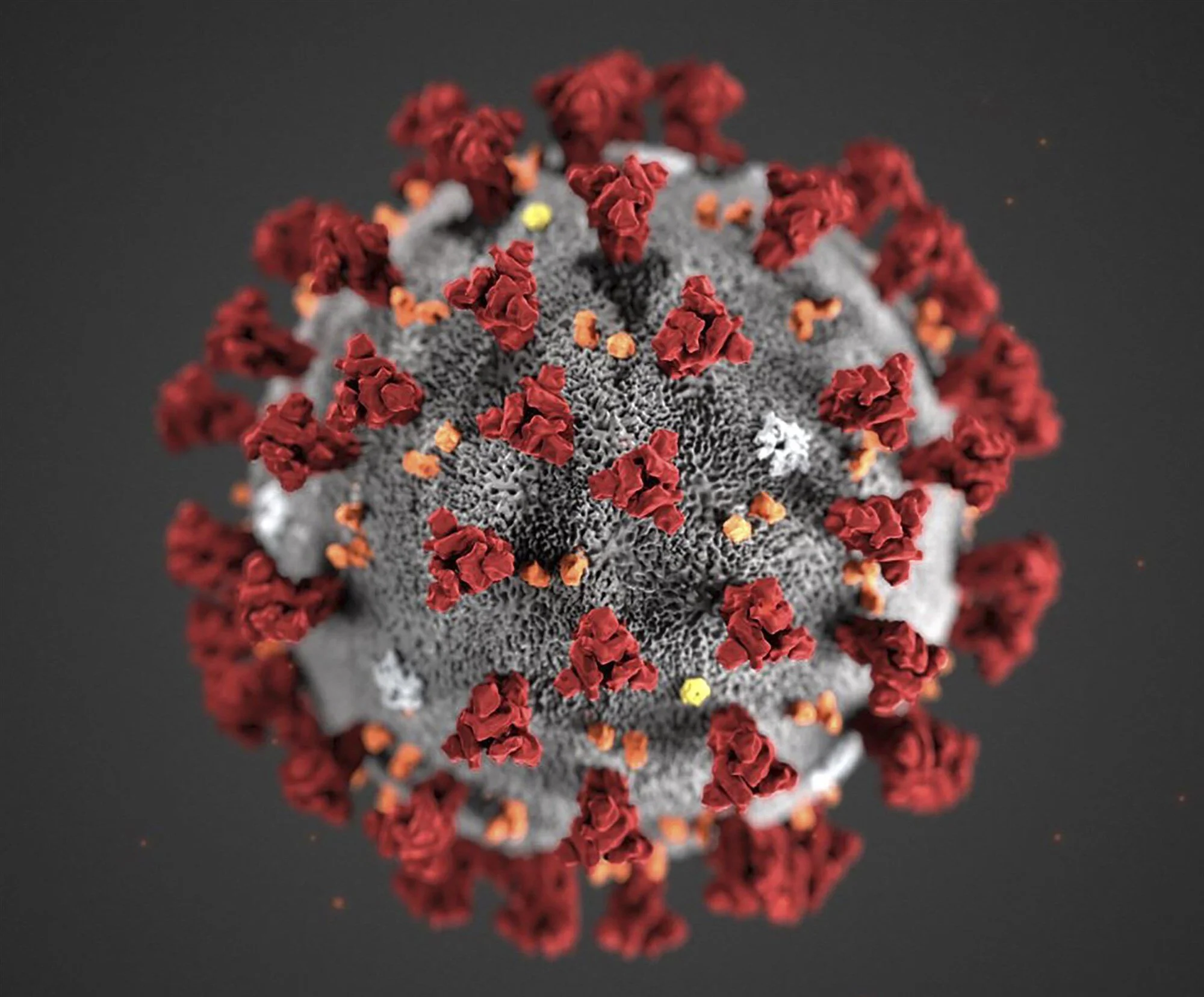As the novel coronavirus spreads its insidious tentacles over the globe, we are collectively faced with an even more noxious epidemic: ignorance.
Since the latest outbreak in late 2019, some look upon Asian people with suspicion at best and vitriol at worst. One man was charged with a hate crime after attacking a masked subway rider in New York City last month.
A fish market in Wuhan China was initially thought to be ground zero for corona’s latest incarnation. However, people with no contacts with the market or its patrons developed the virus. The true source remains unknown.
We then learned how the virus could be transmitted between humans with frightening ease. In the hysteria, new speculation is circulating that our pets are at risk for contracting COVID-19 from humans, then returning the favor.
Based on information provided by The Centers for Disease Control (CDC) and the World Health Organization (WHO), the risks for human-to-companion animal, and companion animal-to-human transmission is remote.
COVID-19 is spread person to person through droplets expelled when an infected person coughs, sneezes or exhales and a non-infected person inhales these droplets or touches a surface upon which the droplets landed. So it is possible to contract COVID-19 from petting a dog or cat that has been sneezed, coughed or breathed upon by an infected person. Otherwise, it is highly unlikely to contract COVID-19 from a pet unless they’ve had contact with wild animal carriers.
Coronaviruses are a large family of respiratory and digestive viruses common in certain animal populations. Occasionally, people in contact with these animals contract the virus and can in turn infect other people.
The SARS (Severe Acute Respiratory Syndrome) variant of coronavirus in 2003 was associated with the civet, a small, nocturnal mammal common to tropical rainforests of Southeast Asia and Africa. EcoHealth Alliance also identified horseshoe bats in China as a reservoir. MERS-CoV (Middle East Respiratory Syndrome) originated in the Arabian peninsula in 2015 and has been traced to dromedary camels. Snakes have been cited as possible reservoirs for COVID-19, but this has not been verified.
Quoting the WHOs Q&A page on COVID-19: “There is no evidence that companion animals or pets such as cats and dogs have been infected or could spread the virus that causes COVID-19.” The CDC has issued a similar statement.
Preventing the contraction and spread of COVID-19 (or any virus) is all about common sense and consistent awareness and practice of good hygiene.
When out in public, wash hands thoroughly after touching any surface. Avoid touching your face, particularly around the eyes, nose and mouth. Wear a mask if you have cold or flu-like symptoms or plan to be in contact with others exhibiting these symptoms. Limit close contact with people who appear ill. Refrain from congregating in large, public spaces. Steer clear of live animal markets. Meat eaters should handle animal products with care to avoid contamination of uncooked foods. Don’t consume raw or undercooked animal products (yet another argument for going veggie or vegan?).
The last thing this world needs is a pogrom against pets. During the dark ages, dogs and cats were blamed for waves of European plague (or any misfortune), labeled heretics by The Church and slaughtered en masse. Of course, we didn’t love them as we do now.
Hopefully, we’ve learned a bit since then — including when to holster our mouths and noses.

